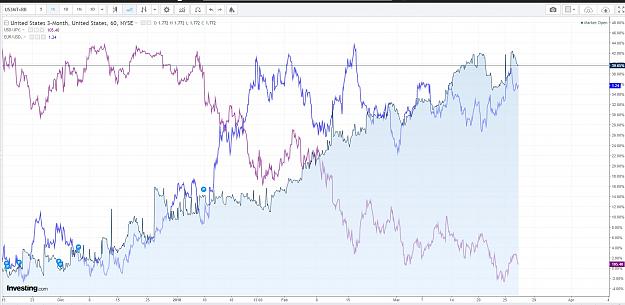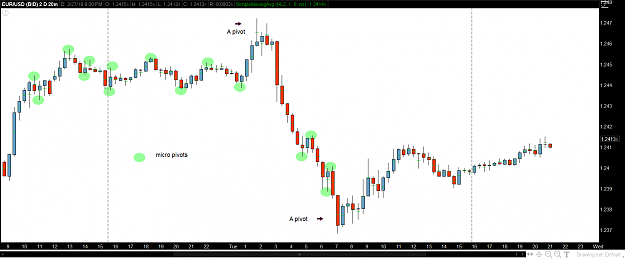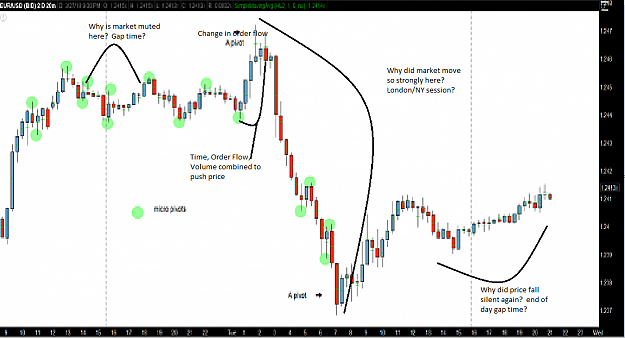Hello all...I've tried several times to stimulate some conversation around this topic. I don't know if it's too boring or if no one is really interested. But I am going to try one last time...HELL OF A WAY TO START A THREAD...
I would truly appreciate any and all points of view on the topic of the "structure" of the market...meaning how and why do you think the market actually functions? Further...knowing this, how does this knowledge assist you or facilitate your trading?
I ask this because I see many threads out there with many different "systems" using different mathematical probability formulas, that, when I look at them don't seem to take into account how the market actually works. Or in other words, how does that cute little line, or pattern, or indicator, or ___ (fill in the blank) tell you what the market is currently doing? What does it tell you about the market structure...I'm willing to bet that most of those things you put on your chart don't really tell you anything and in fact may cause or add to your confusion...I know they do for me.
Wouldn't it be advantageous to be able to look at a chart (how ever you have it configured) and deduce what the "structure" of the market is doing? And from that moment you might be able to recognize what (statistically/logically) might happen next? If you could do that...wouldn't that be the beginning of a true "edge"? Not based on some magic indicator or some imaginary line or some price pattern resembling a ghost, or a flag, but an actual (yes perhaps even intuitive) understanding of how the market works and thus how price will (in all probability) move in the near future.
I would like this to be the focus of this thread...tell me how YOU view the structure of the market and I will tell you how I view it...perhaps this exchange of ideas will stimulate us both into something we never considered before and improve our individual understanding and interaction with this grand machine we call, "the market".
I invite your participation
I would truly appreciate any and all points of view on the topic of the "structure" of the market...meaning how and why do you think the market actually functions? Further...knowing this, how does this knowledge assist you or facilitate your trading?
I ask this because I see many threads out there with many different "systems" using different mathematical probability formulas, that, when I look at them don't seem to take into account how the market actually works. Or in other words, how does that cute little line, or pattern, or indicator, or ___ (fill in the blank) tell you what the market is currently doing? What does it tell you about the market structure...I'm willing to bet that most of those things you put on your chart don't really tell you anything and in fact may cause or add to your confusion...I know they do for me.
Wouldn't it be advantageous to be able to look at a chart (how ever you have it configured) and deduce what the "structure" of the market is doing? And from that moment you might be able to recognize what (statistically/logically) might happen next? If you could do that...wouldn't that be the beginning of a true "edge"? Not based on some magic indicator or some imaginary line or some price pattern resembling a ghost, or a flag, but an actual (yes perhaps even intuitive) understanding of how the market works and thus how price will (in all probability) move in the near future.
I would like this to be the focus of this thread...tell me how YOU view the structure of the market and I will tell you how I view it...perhaps this exchange of ideas will stimulate us both into something we never considered before and improve our individual understanding and interaction with this grand machine we call, "the market".
I invite your participation
Do more of that which succeeds and less of that which does not - Dennis Gar


